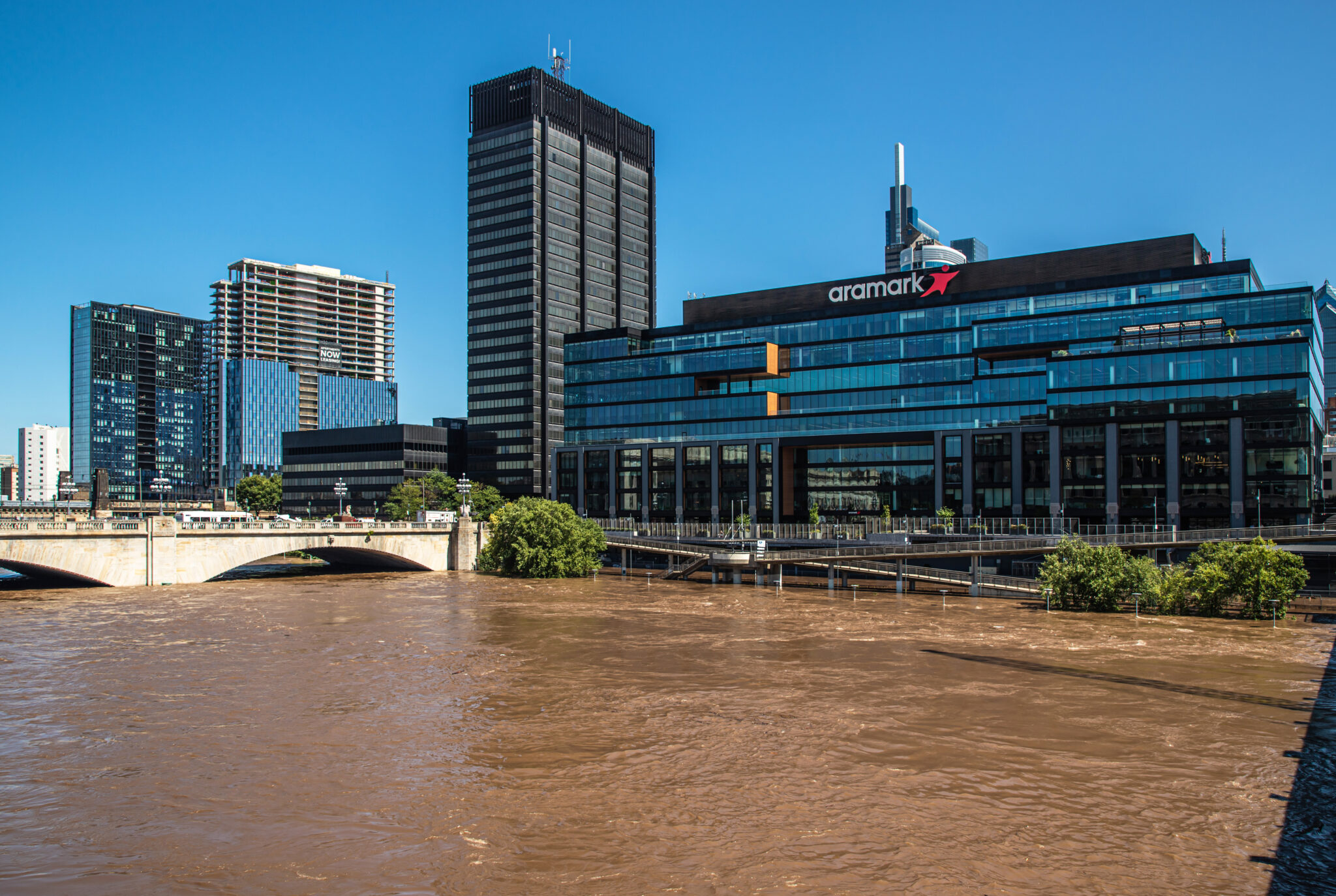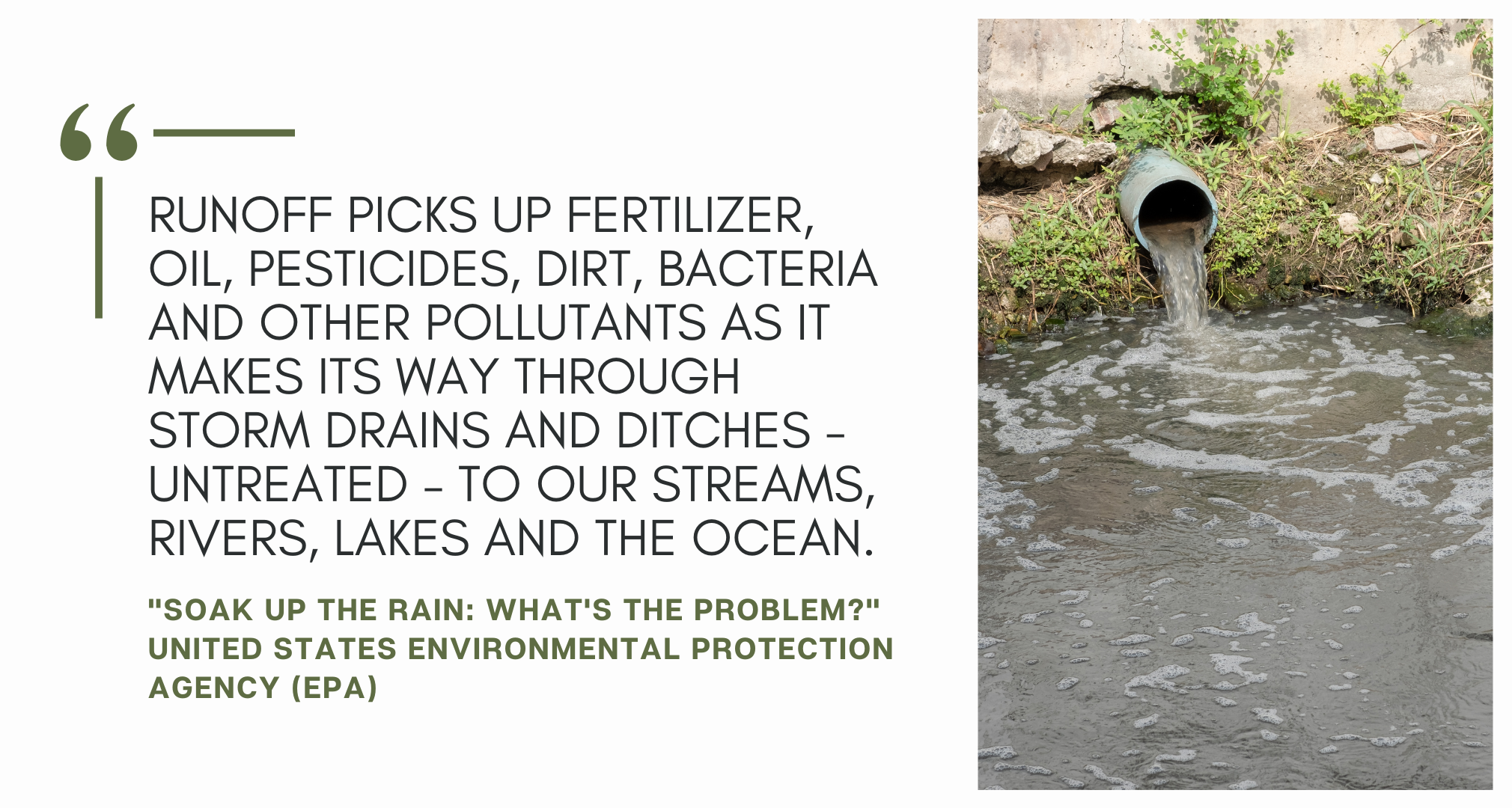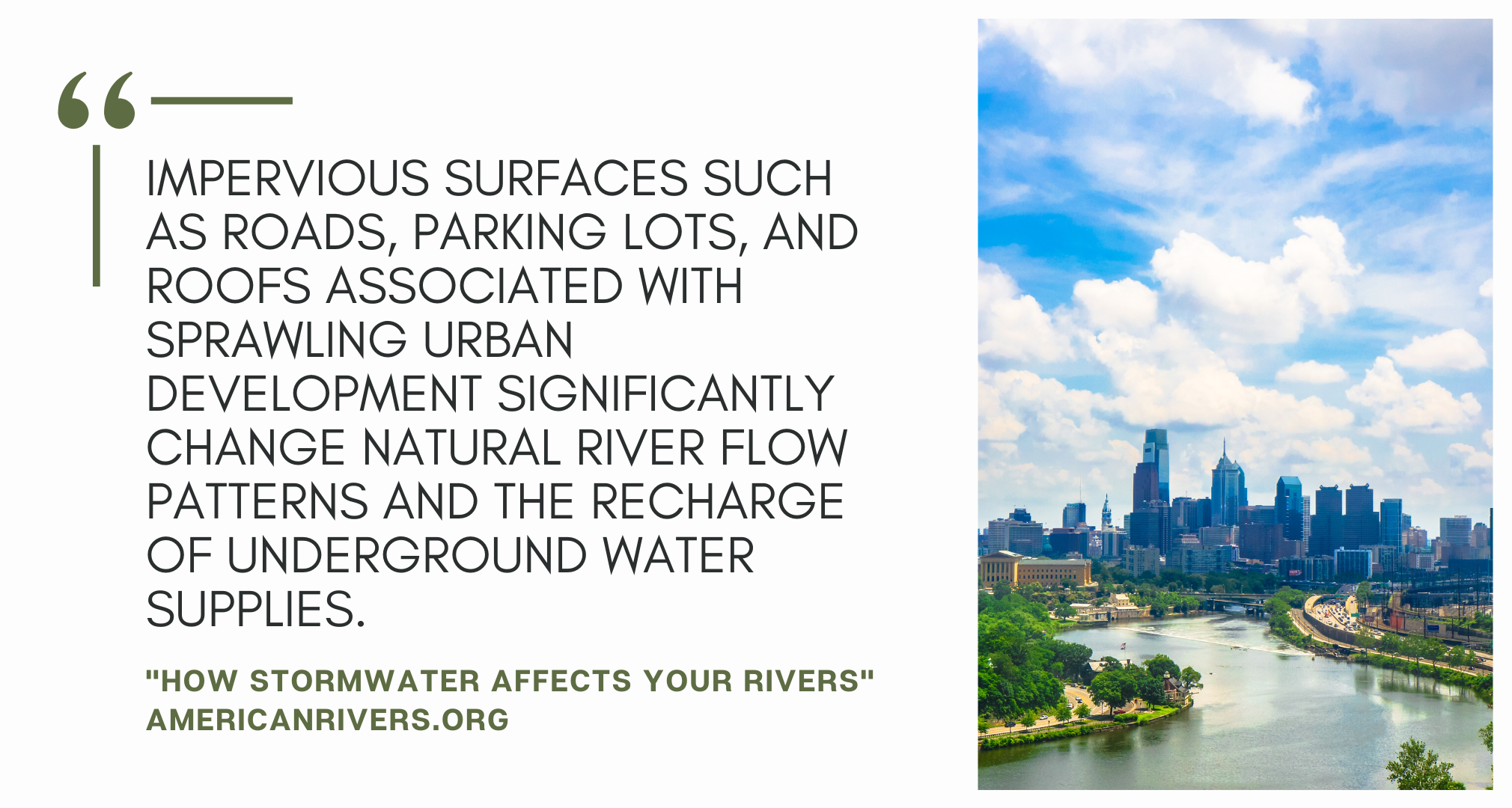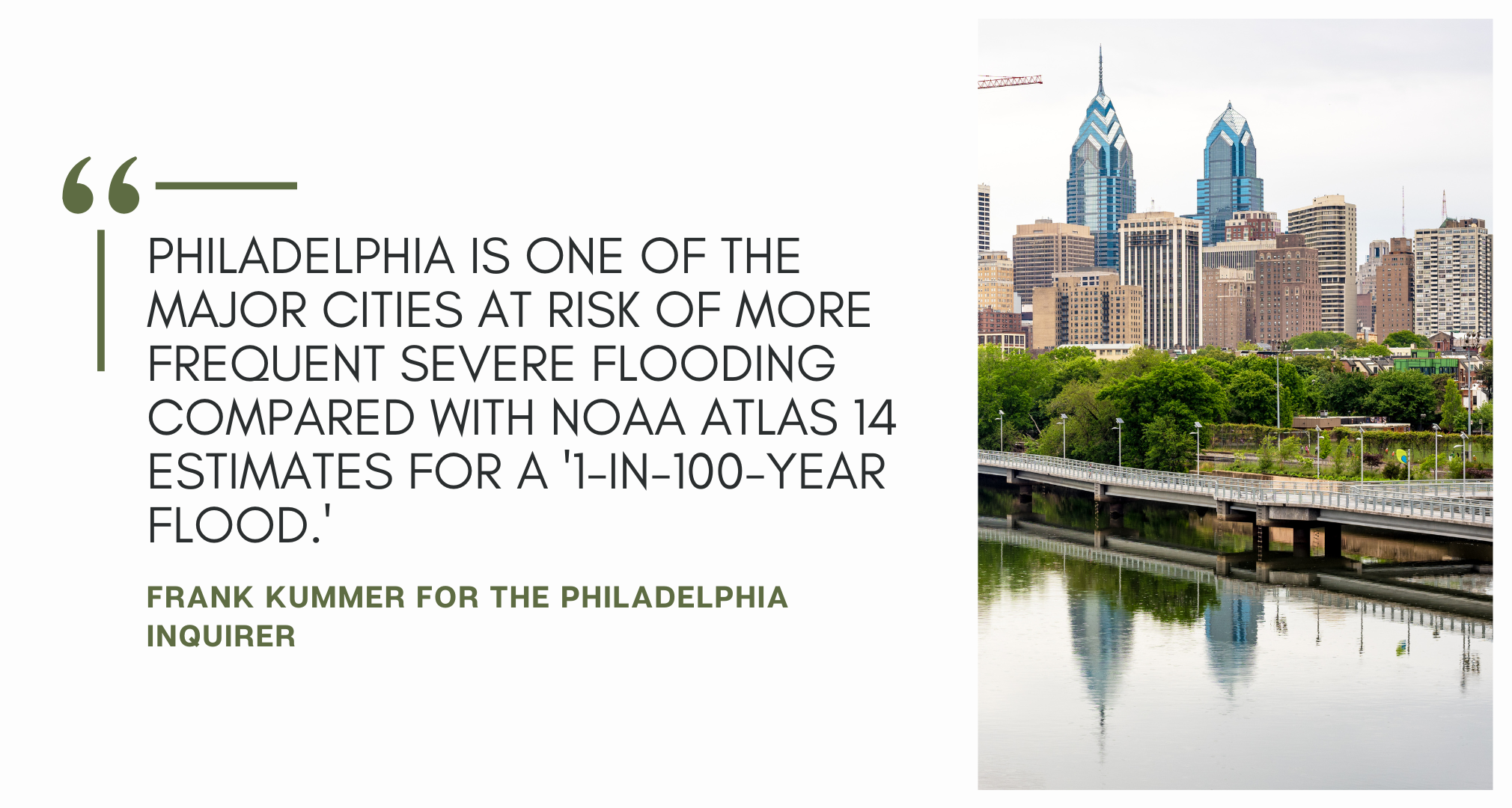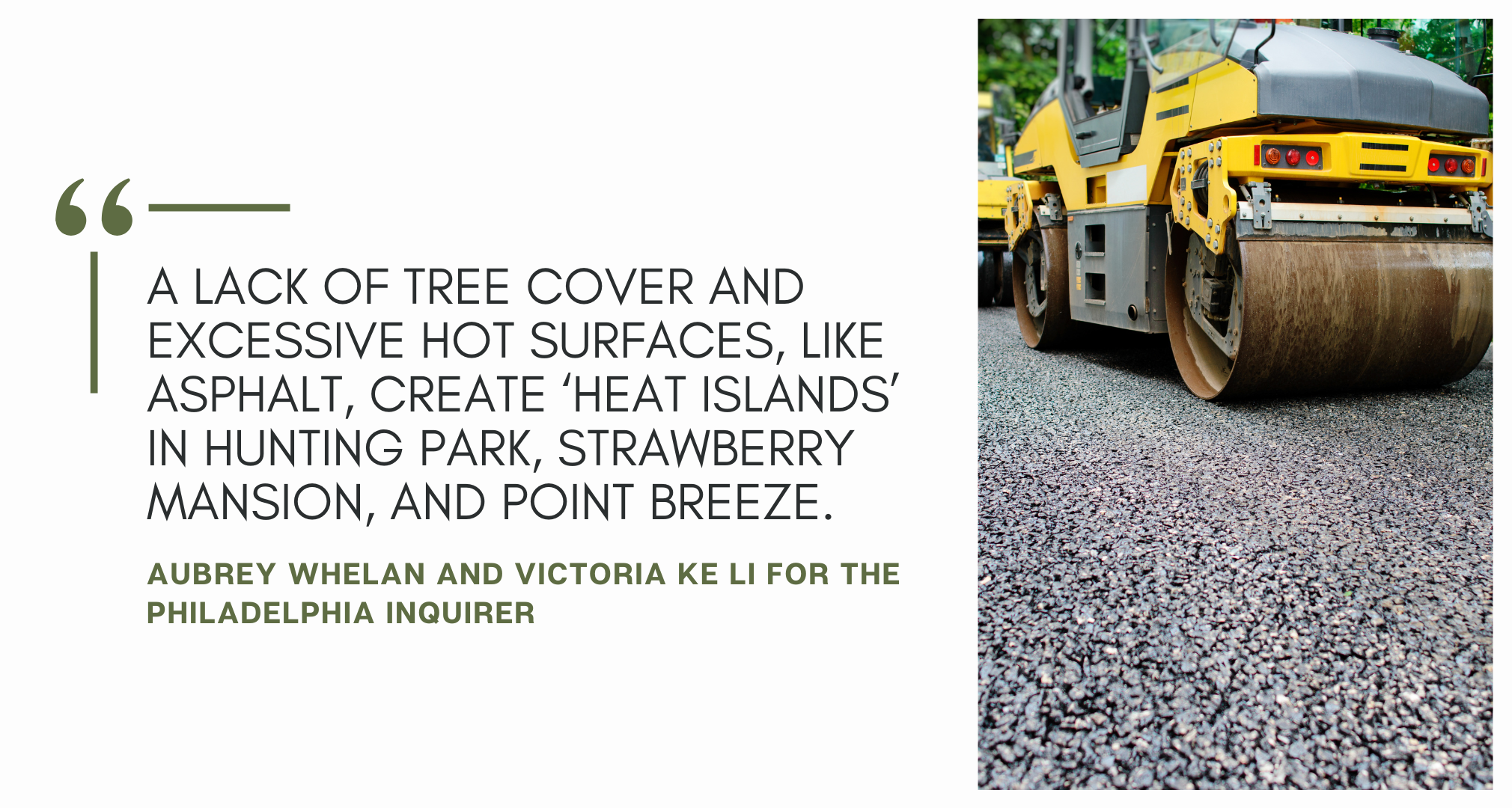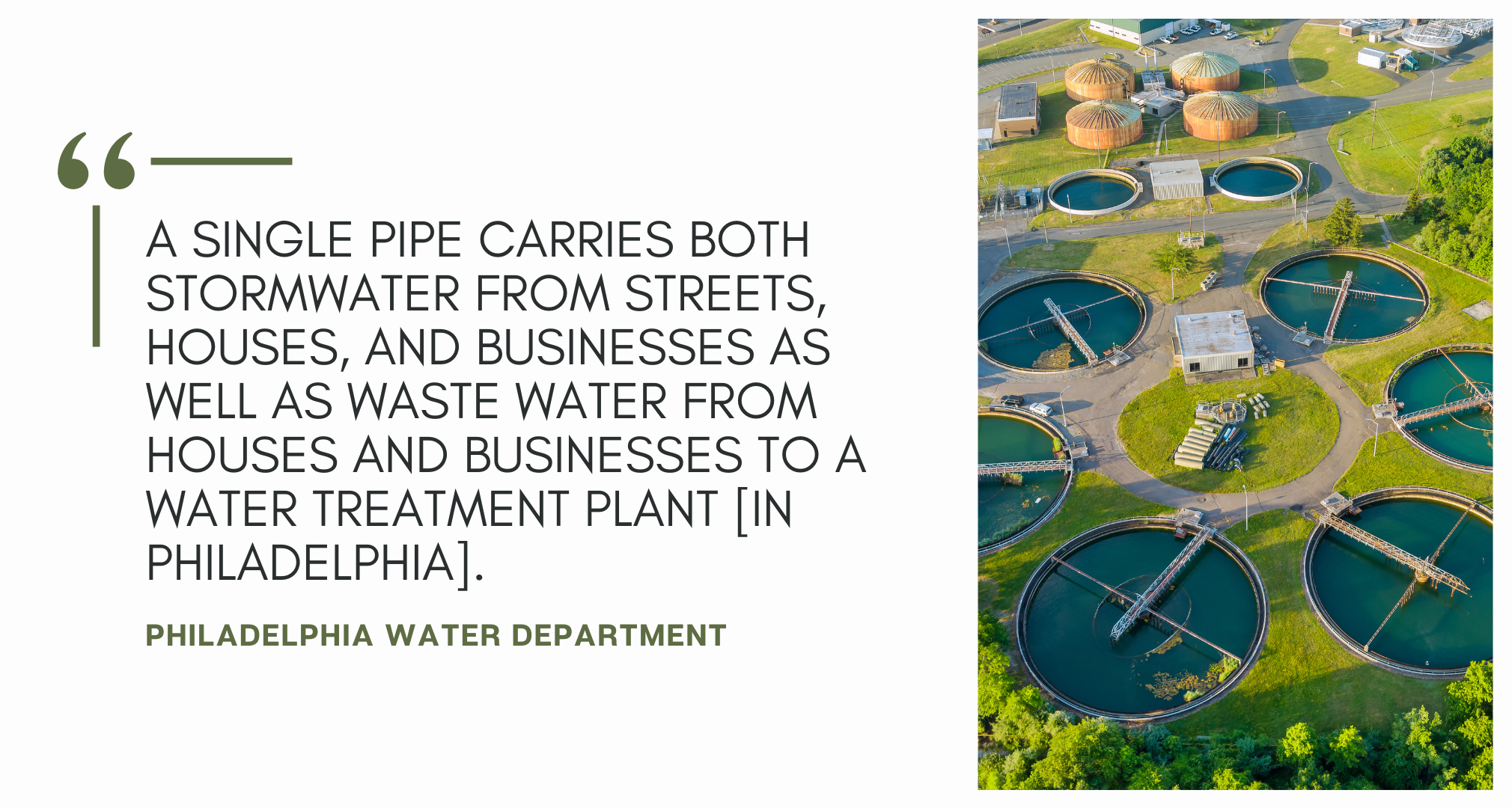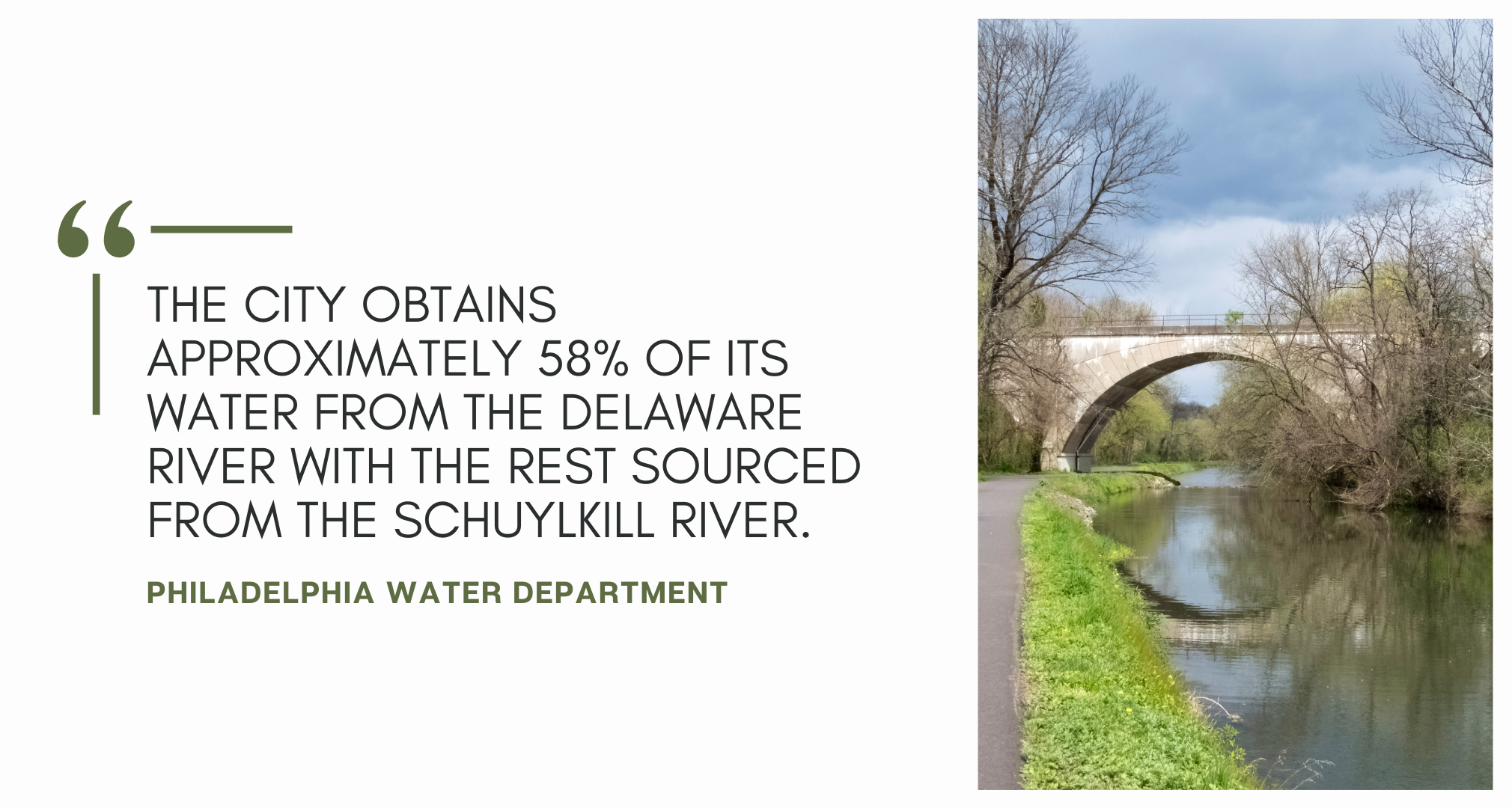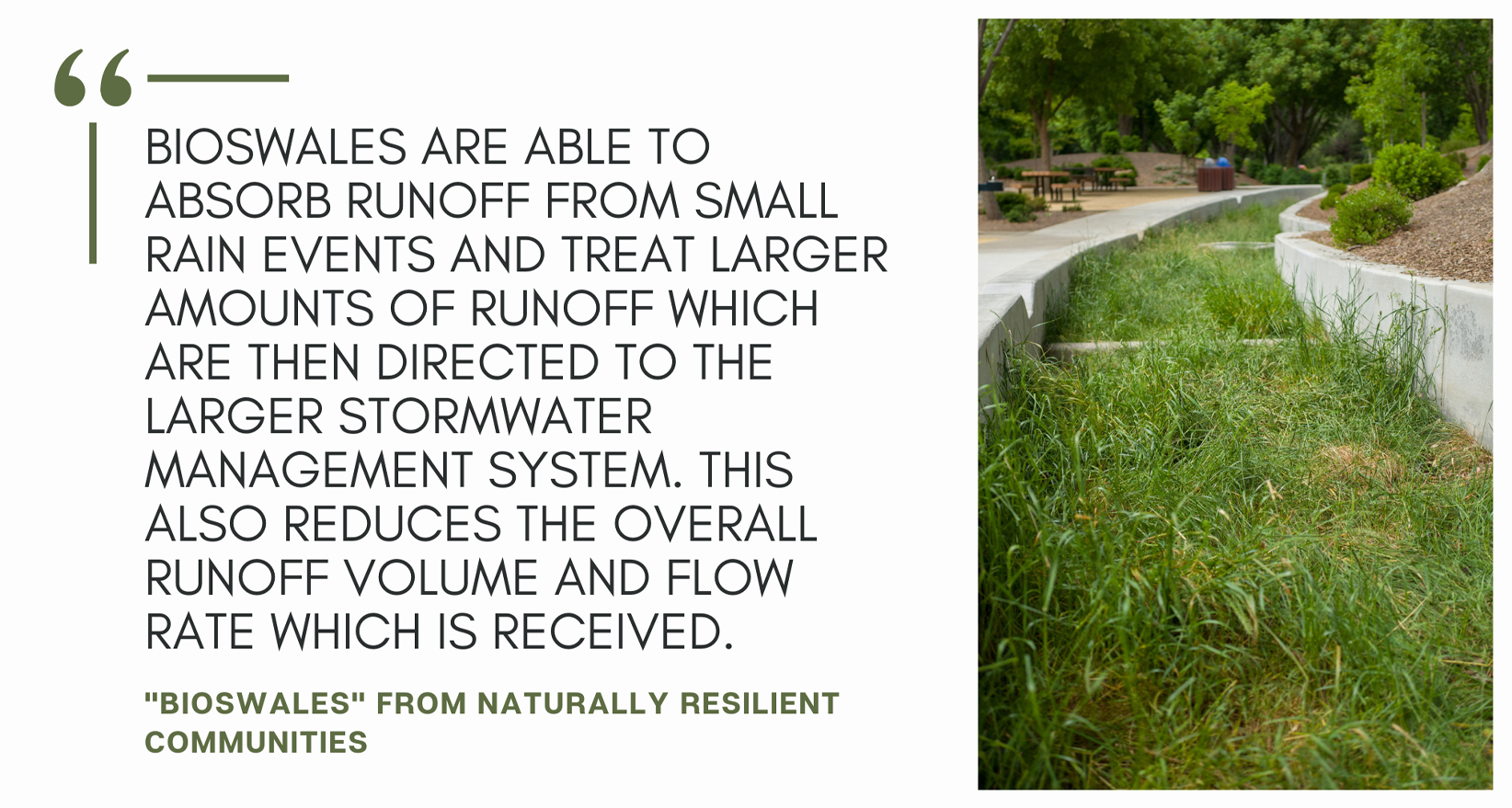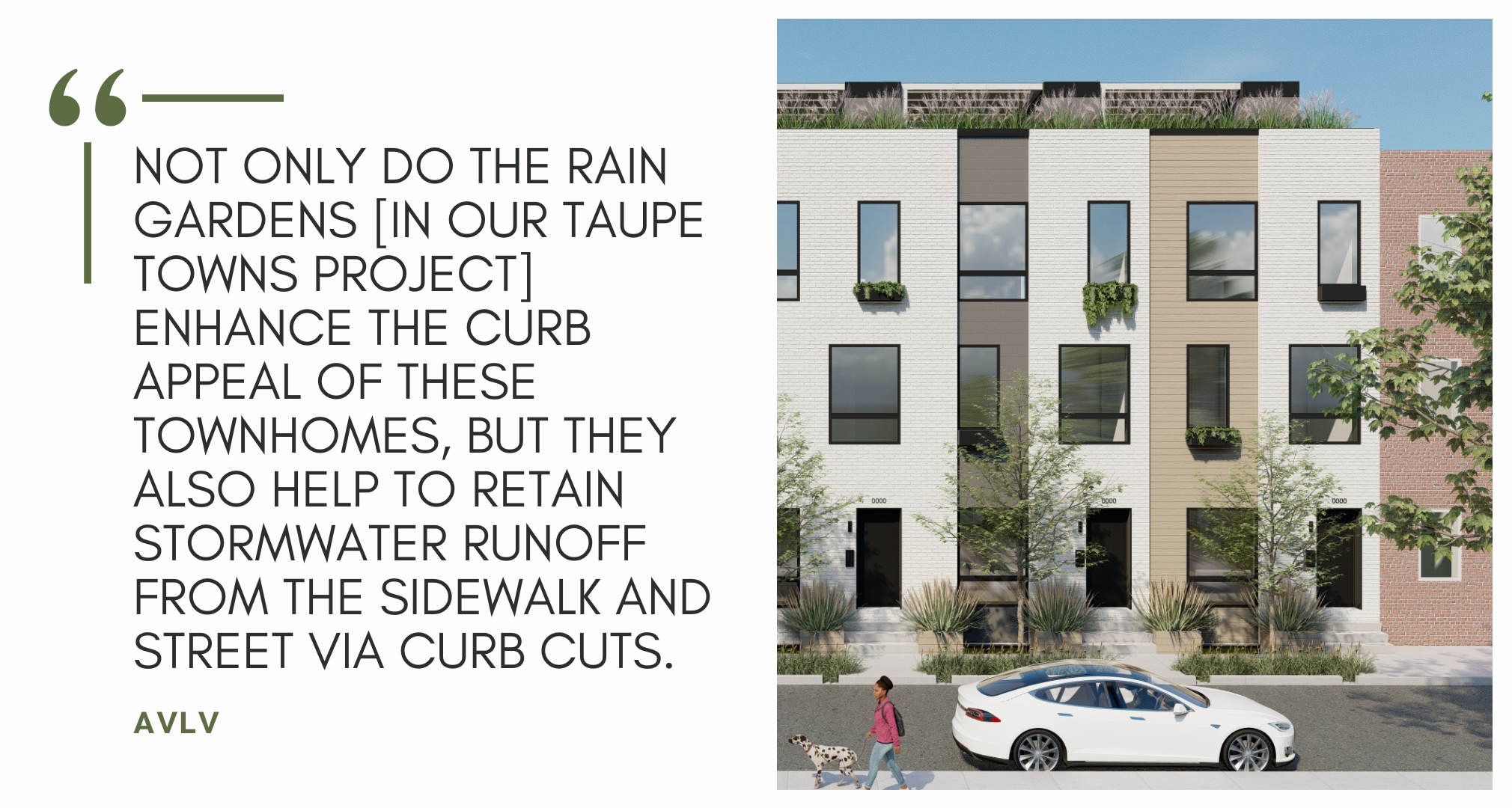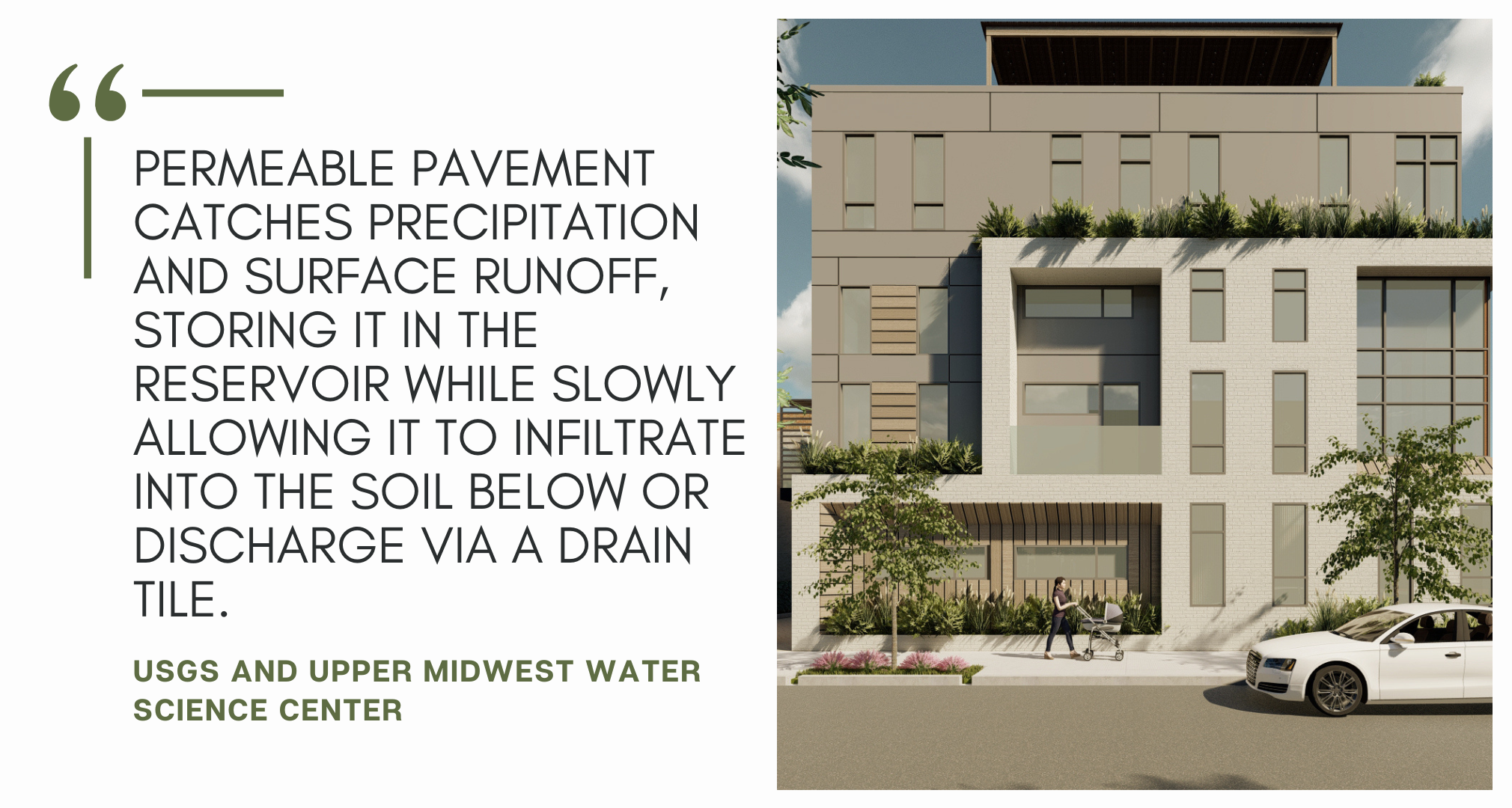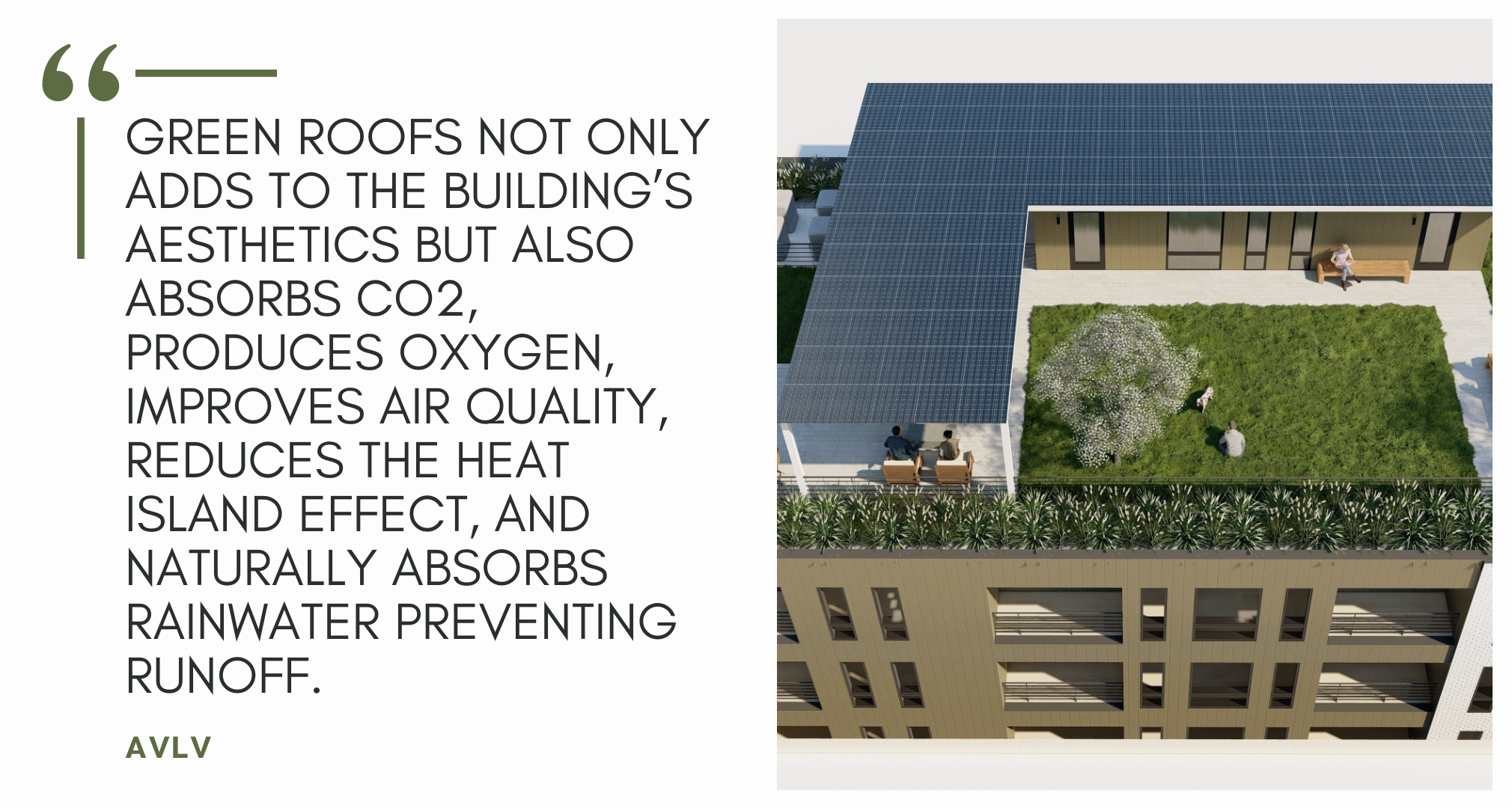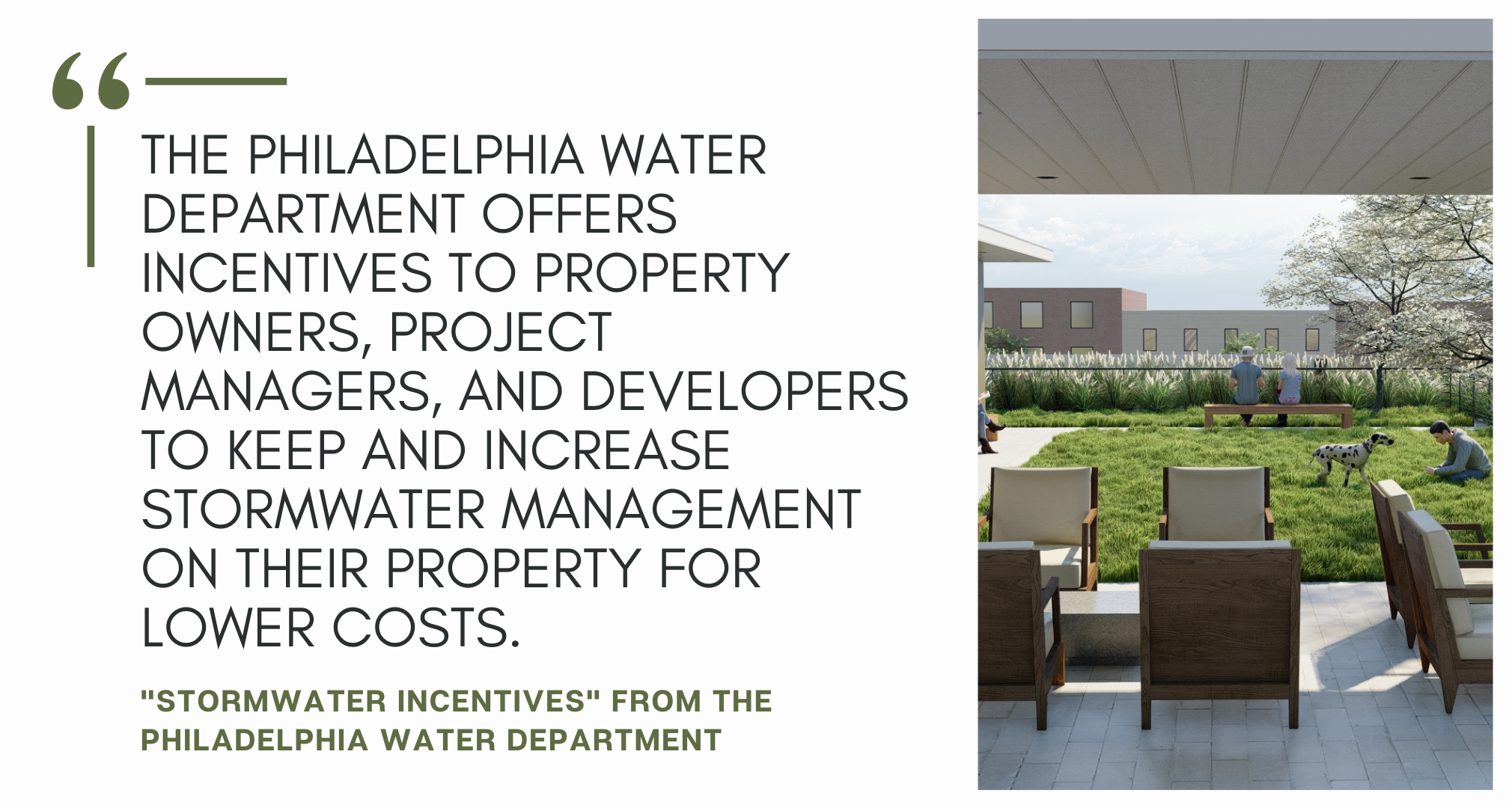Beyond the human health impacts of poorly managed stormwater runoff, there are also many consequences for the natural environment. In urban environments, construction, paving, and other human activity alter natural hydrological patterns. It effectively replaces natural permeable surfaces with impervious surfaces, which disrupts the balance of water absorption, groundwater recharge, and surface flow. This makes it far more difficult to control runoff — increasing the likelihood of flash floods, standing water, and more.
Sadly, mismanaging runoff can also disrupt aquatic and terrestrial habitats that support natural biodiversity around cities like Philadelphia. Mismanagement can disrupt natural habitats by altering water flow patterns, causing erosion, and degrading marine ecosystems. At the same time that runoff displaces indigenous animals and plants, it also transports non-native plants, animals, and microorganisms. This may contribute to the spread of invasive species — further disrupting local ecosystems, introducing diseases, and more.
Thankfully, there are many ways architects, engineers, and developers can integrate on-site stormwater management to reduce the intensity and frequency of runoff during extreme rainfall events. These include natural land masses like bioswales and riparian buffers, which are created by people to protect habitats and urban areas from runoff. Techniques also include the implementation of rain gardens, rain chains, previous pavers, green roofs, and sustainable construction techniques.
Last but certainly not least, appropriate site grading is needed to properly direct runoff away from buildings without rapidly sending it throughout the larger urban environment. Grading involves shaping the land’s surface to direct the flow of water toward appropriate drainage systems such as swales, ditches, and stormwater collection points. This prevents water from pooling in undesirable locations and reduces the risk of flooding.


